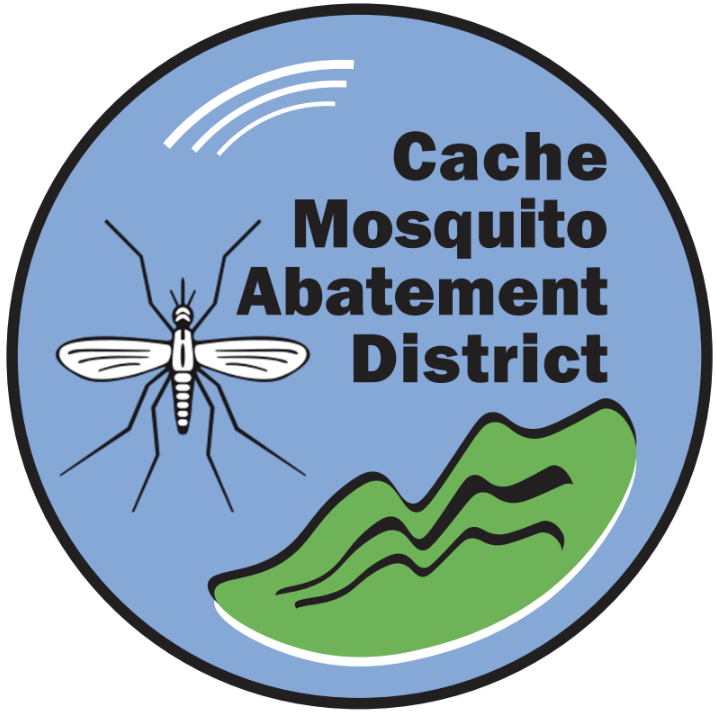Adulticide
Currently, CMAD uses a truck-mounted fogger to treat adult mosquitoes. We use products called Kontrol (permethrin) & Fyfanon ULV (Malathion). Click here for information on permethrin use in mosquito abatement and here for information on Malathion.
Is fogging safe? Christopher Portier, director of the environmental toxicology program at the National Institute of Environmental Health Sciences in North Carolina, said, "...chemicals such as malathion, resmethrin and sumithrin have been used for years without noticeable toxic effects. They don't build up in the environment or the body like DDT. To get short term health problems, such as tremors, 'you'd have to literally drink the stuff."
Each year, our field workers receive training on the application of pesticides and are certified by the Utah Department of Agriculture and Food as applicators. The fogging machines are tested and calibrated each year to ensure they are delivering the target amount of pesticide at a specific vehicle speed (anywhere from 12 mph up to 23 mph). Please note that some of our fogging machines are designed to turn off the flow of pesticide solution yet still allow the motor on the fogging pump to continue running. This feature allows for better control of the application (avoiding bee hives, organic farms, etc.).
We have also added GPS tracking to our arsenal of tools to identify routes taken, environmental conditions, pesticide applied, and what time of night (for fogging) or day (for larviciding). The data collected will help us in identifying hotspots, track total amount of pesticide applied each season, and correlate applications with environmental conditions (wind speed and direction, air temperature, etc.).
Our goal is not eradication of mosquitoes but to control them to reduce their nuisance factor and the spread of disease. Fogging is done in the evening between dusk and midnight. This is when mosquitoes such as the Culex species are most active and therefore most likely to be killed by the pesticide. Bees and native pollinators return to their hives at dusk and so are not likely to be exposed to the pesticide. Kontrol breaks down quickly in our environment (less than a day).

